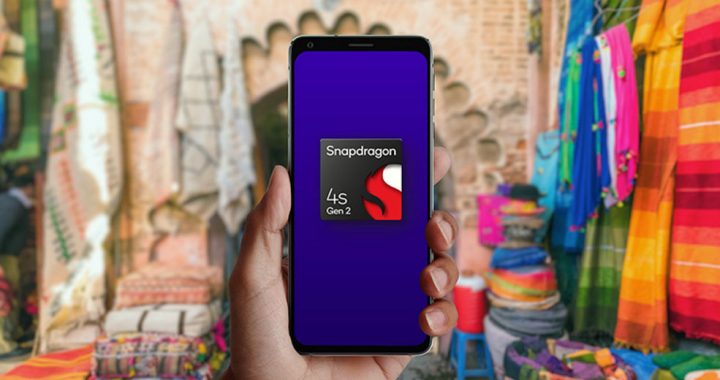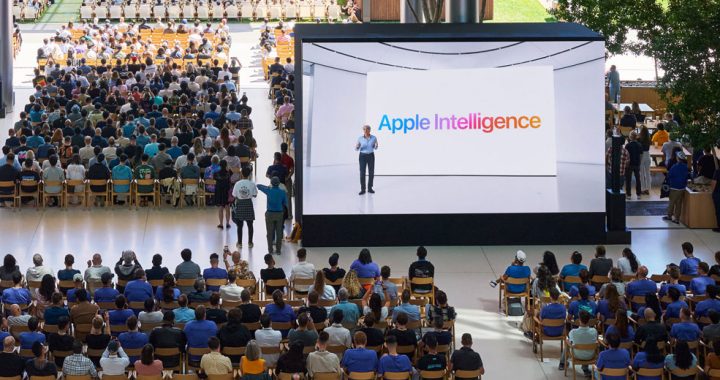CrocSpotter app uses AI for detection


CrocSpotter AI is the latest algorithm developed by the University of Technology Sydney and industry partner Westpac Little Ripper. Ultra-low latency streaming is achieved via the Amazon Web Services (AWS) cloud, and this reduction in delivery of vital information could mean the difference between life and death for search and rescue unmanned aerial vehicles (UAVs).
Teams at two locations achieved the successful live video stream: the drone team flew over a known crocodile habitat at Mowbray River in North Queensland surveying the area for crocodiles, while the other team received the steam 1691 kms away at the World of Drones Congress Brisbane Convention Centre on 26 September 2019.
The drone carries CrocSpotter Ai as part of its payload with the on-board video. As video streams in real-time from the drone to the pilot on the ground, the algorithm operates by ‘washing’ the video, and alerts the pilot to a possible threat below. The threat is highlighted immediately by a flashing red box around the detected animal, drawing the pilot’s attention directly to that part of the screen used to direct to drone.
The algorithm has a 93 percent accuracy of identification, compared to the naked human eye, which is between 16-19 percent.
Professor Michael Blumenstein and Dr. Nabin Sharma from the UTS Faculty of engineering and IT first worked with Westpac Little Ripper to develop SharkSpotter, the Ai-powered drone-based technology for protecting our beaches and keeping our swimmers and our wildlife safe.
Continuing this effective collaboration, they are now developing cutting-edge AI software deployed via drone on the Amazon Web Services (AWS) cloud for detecting crocodiles from Mission Beach to Port Douglas. The Queensland Government is keen to see the roll-out of the technology to prevent croc attacks, and to develop a better understanding of our crocodile populations from a conservation perspective.
They are using an AI technique called Deep Neural Networks to detect the crocodiles via a smart camera from moving drones, and have deployed the technology in the cloud. Professor Blumenstein said that the speed of the cloud-based AI can spot crocodiles in real-time, which is a world-first and a technological breakthrough given the very low latency.
Dr. Sharma said the technology enables crocodile detection in complex environments, including murky and muddy waters in both wetlands and the open ocean.
“This is the first time this sort of animal detection drone technology has been deployed via a high-quality video stream at ultra-low latency with the AI producing 93 percent accuracy to detect crocodiles,” he said.
Ben Trollope, CEO of The Ripper Group said the tripartite cooperation means a latency of just one second for first responders.
“Running CrocSpotter AI algorithm via AWS reduces the latency from 10-30 seconds currently achieved by the drones’ on board video,” he said.








